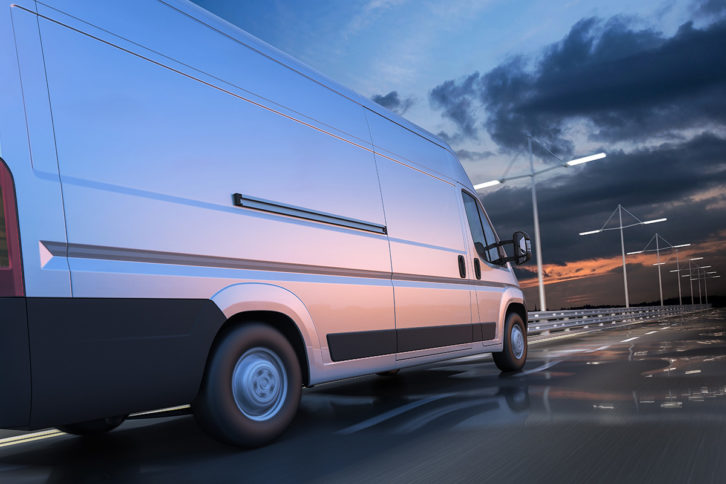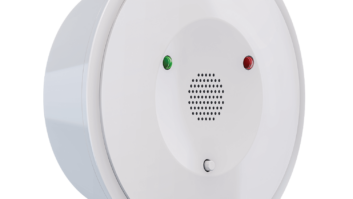
“Reach, throw, row, go with support, go!” we all yelled in unison during Boy Scout Lifesaving Merit Badge class over the summer of 1989. Our instructors told us emphatically that there was already one victim in the water, we didn’t need two by jumping in with no plan. It was our job to follow what they called the “order of rescue.” We got the message loud and clear: only go if there’s no other option.
I think about our home technology businesses and wonder what our own lifesaving “order of rescue” might look like? Maybe something like “go now”? I might be using a little hyperbole here, but I’m always surprised at our own willingness to send someone in a truck to fix something we might not have needed to. We did some math last year, and concluded a truck roll costs us $200 to go anywhere. Maybe it’s a billable service call, trip to a supply house, or non-billable punchout. Whatever the reason, it feels like we don’t exhaust our options before jumping into the water. I decided to look at each lifesaving order of rescue and mapped out what lessons we could learn from each:
Reach: While the client is on the phone, demanding you come out, can you doing anything for them remotely? Are they set up with OvrC or another remote managed service (RMS) platform? Ninety-plus percent of tech issues are usually resolved with a reboot. It would be a shame to spend $200 on a truck roll to power cycle a piece of gear. At the very least consider a policy of putting their fire out and leaving a proverbial “fire extinguisher” behind. What’s to stop you stocking your vans with RMS appliances and installing them as you solve client issues? You’ll continue to have 99 problems, but those newly equipped “fire extinguisher” clients won’t be one of them.
Throw: Can you open up a support session with your client through a product like TeamViewer or Help Lightning? If you’re able to resolve a customer concern via remote support session, you’ve generated a ton of goodwill and prevented a truck roll. How much “throw” lives in your service department?
Row: Is the client willing to get behind the rack and reboot something for you? Is that going to make the situation worse? If you think the client can easily fix something themselves and you can walk them through the manual steps of power cycling or some other easy operation, that’s a lot cheaper and more expedient than an on-site service call.
Go With Support: Do we just get in the truck and go or should we gather as much intel as we can before heading out? Too often I hear examples of technicians who jump into their vans, head out to the job site and only then start reviewing their work orders after arriving. I think we can all agree that the best time to review work orders is the day before and certainly before leaving the shop or home for the job site. I want to brag a little bit here, our team members at Livewire are living proof that go with support is possible in a custom installation business.
Go (Last Resort): Nobody likes looking foolish or ill prepared in front of a client. Doing everything we can to avoid that embarrassment should be a primary focus in any service business. If we focus on the first four order of rescue commandments, we’re sure to drive down the percent of time these go service calls happen.
What sort of company are you running? Do you reach, throw, and row before you go or run headlong into the flames, damn the consequences?
Stay frosty, and see you in the field.
Related: Rapid Improvement Plan: Doing The Job Right The First Time






